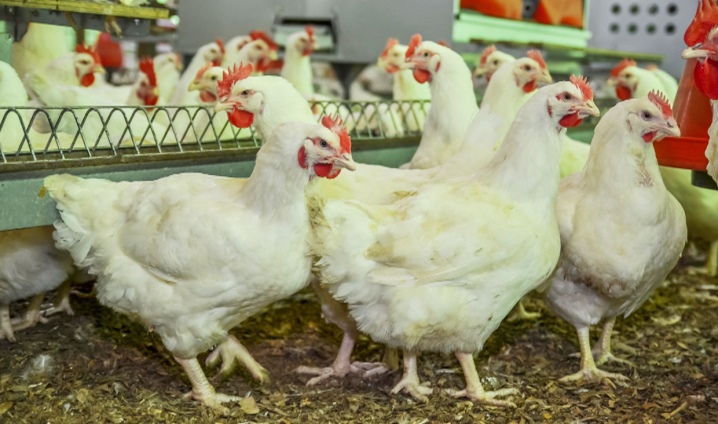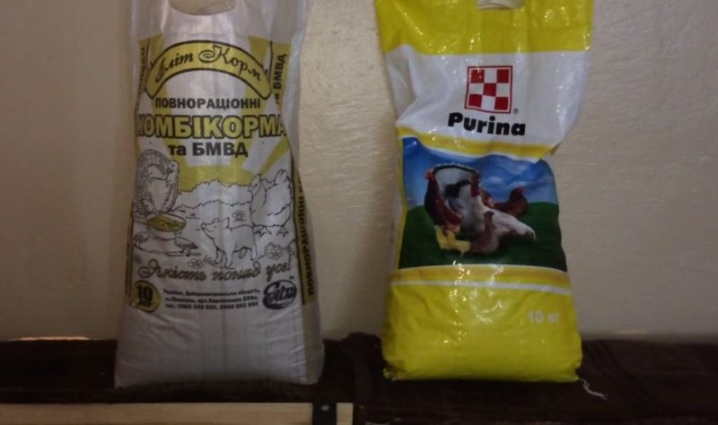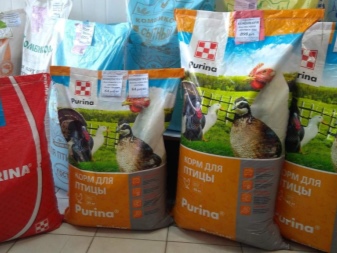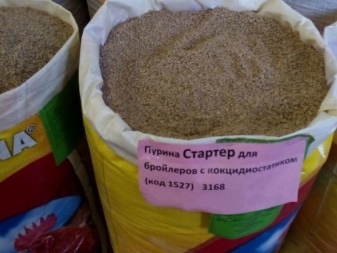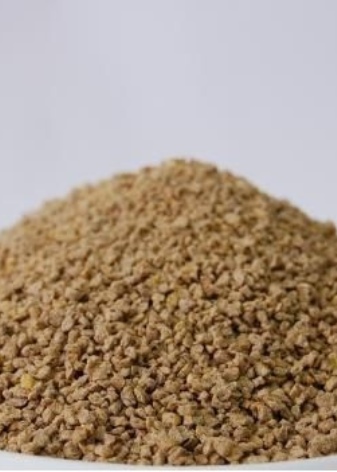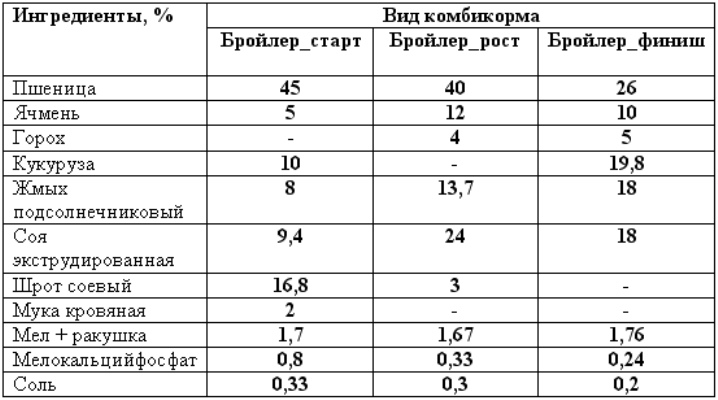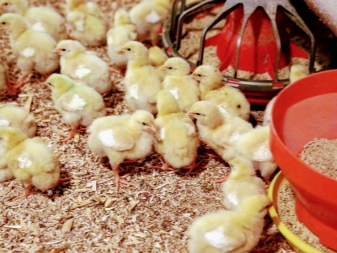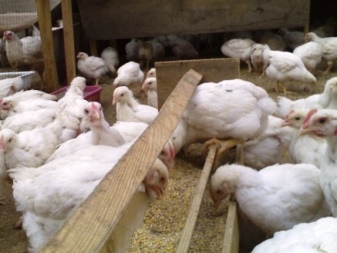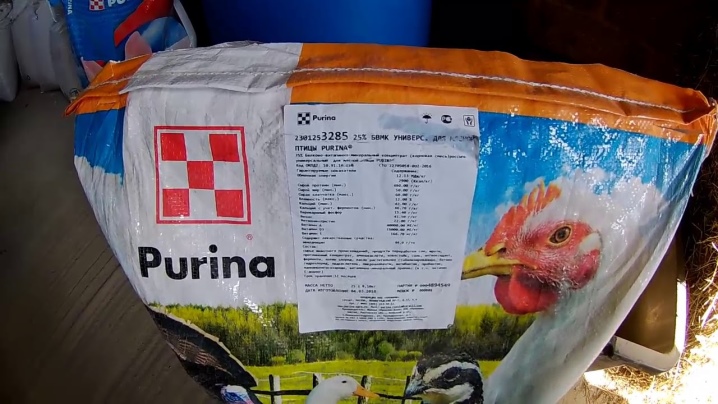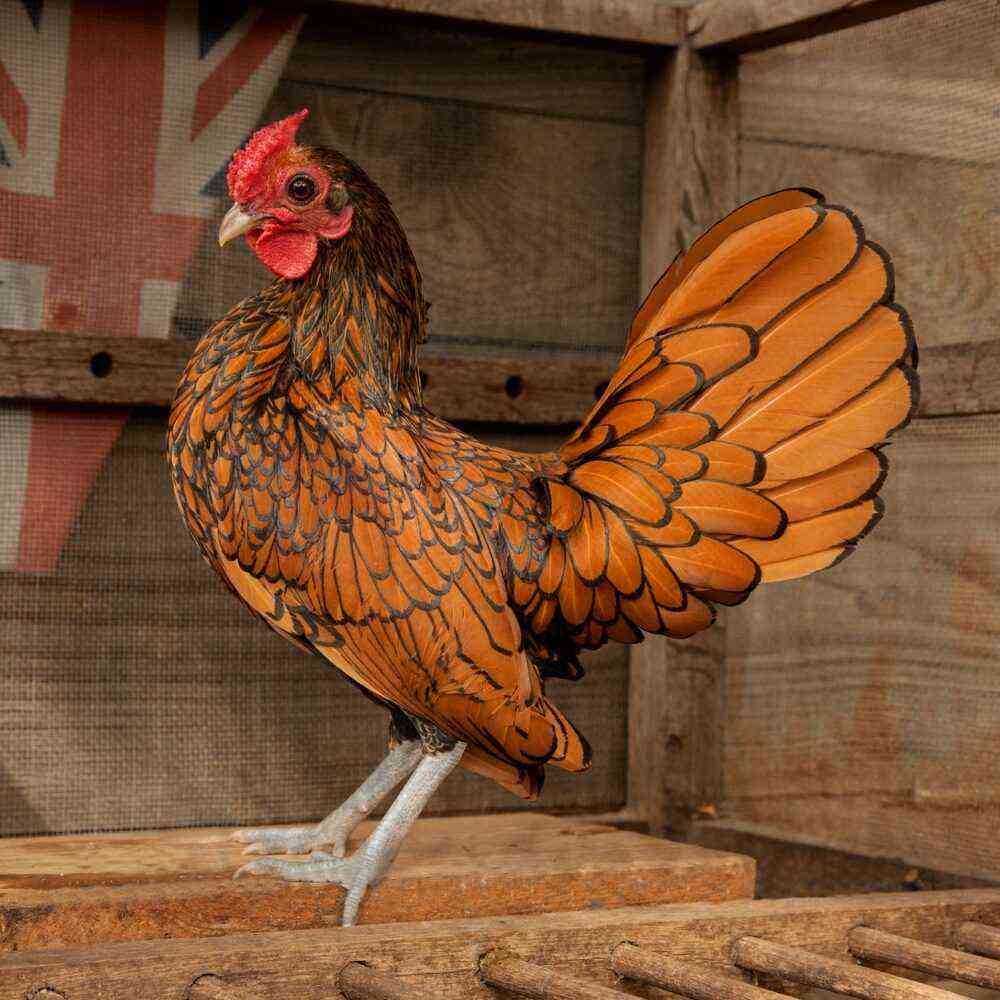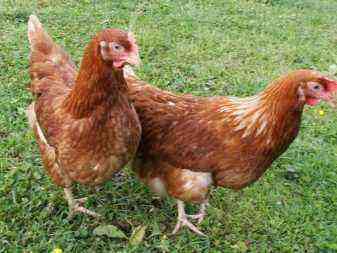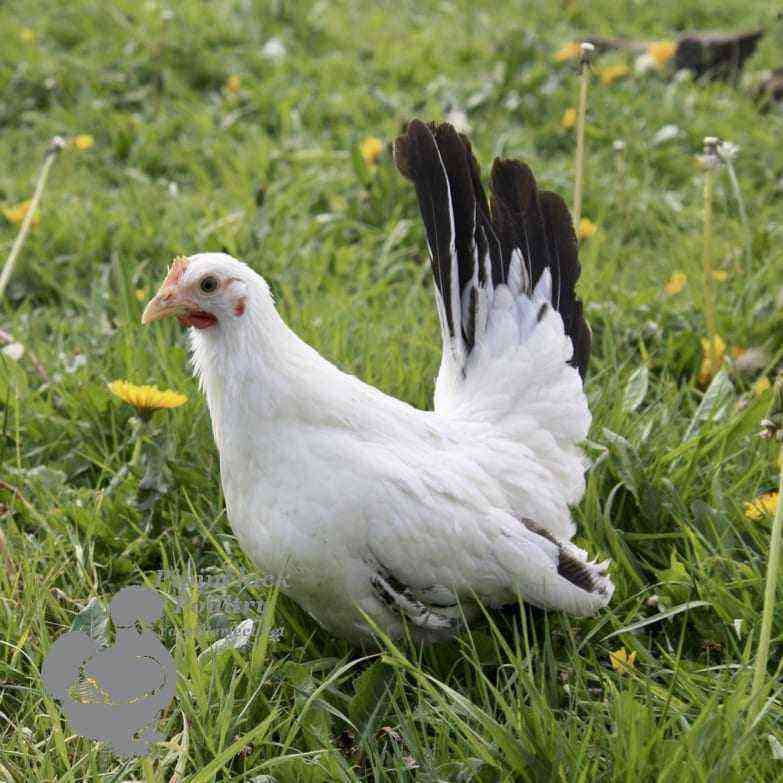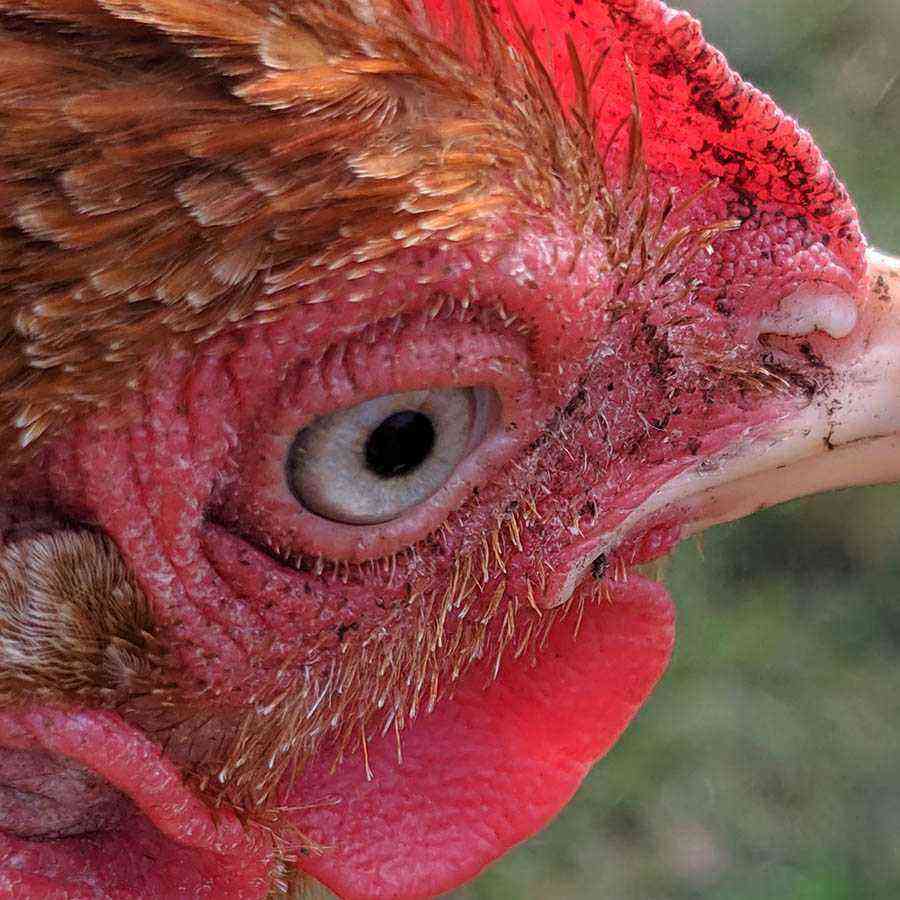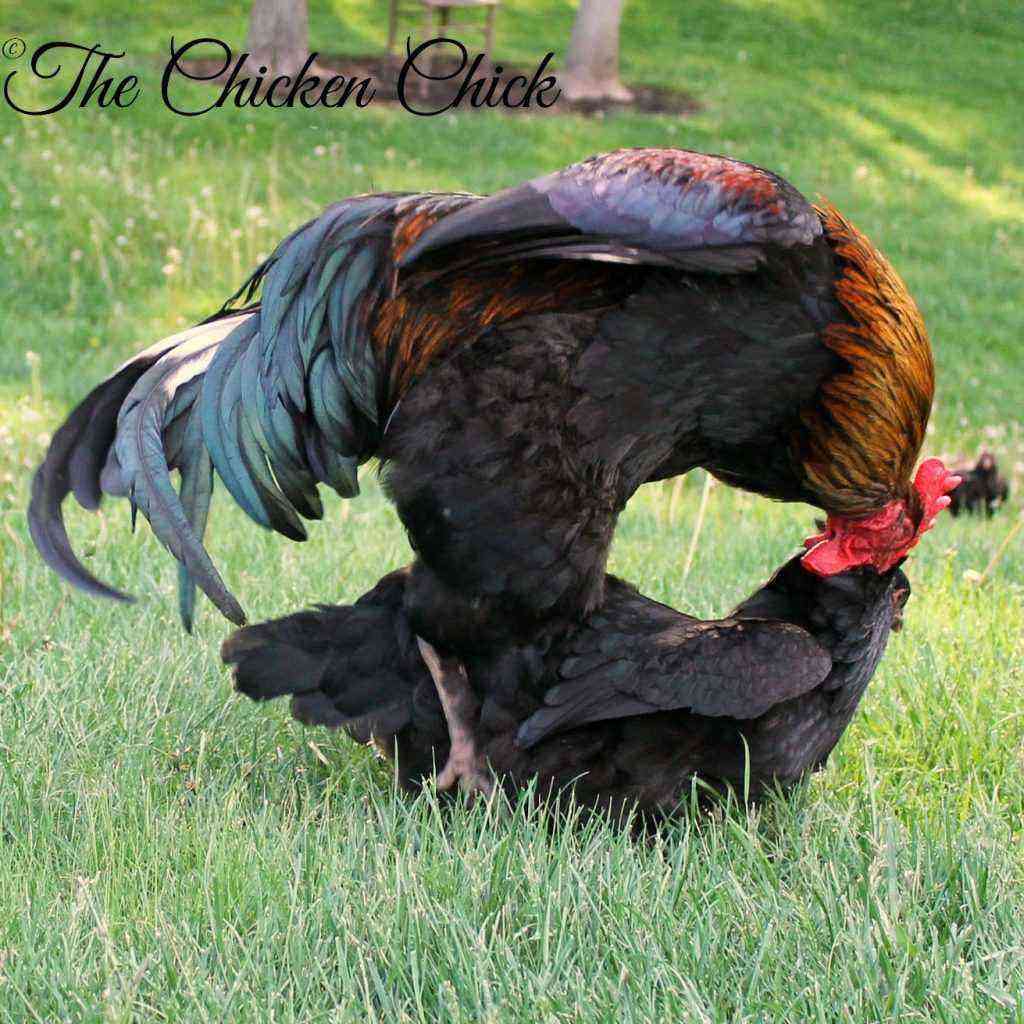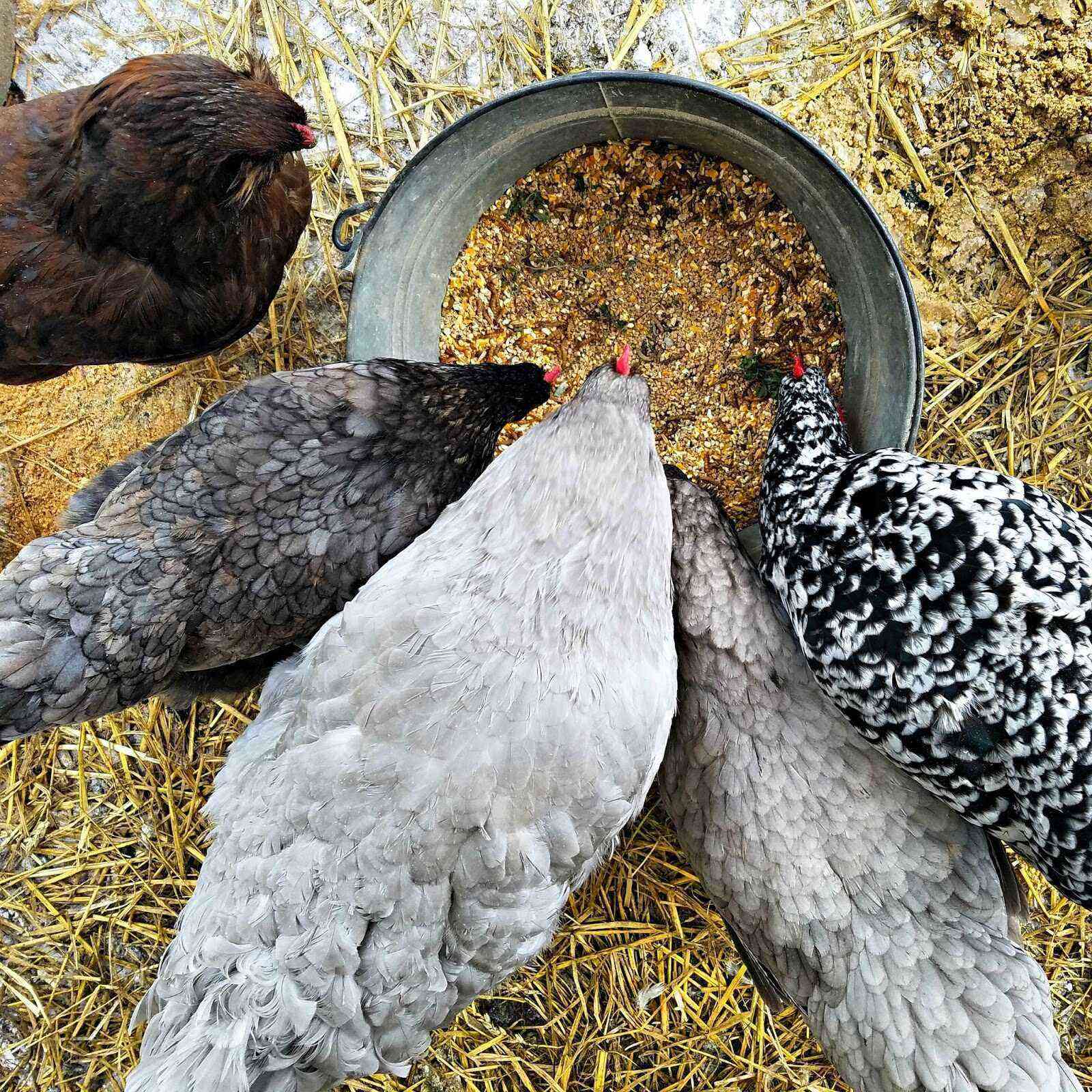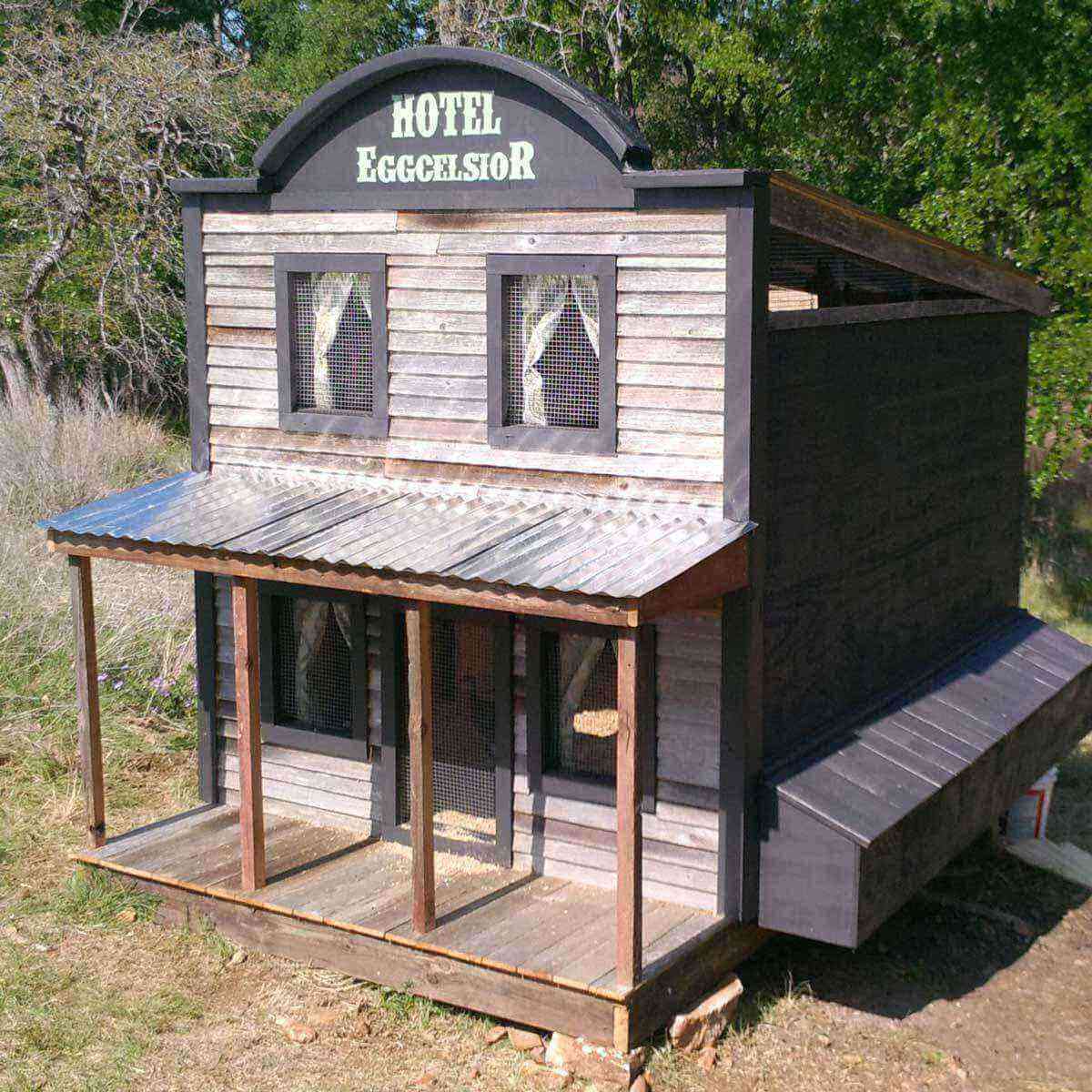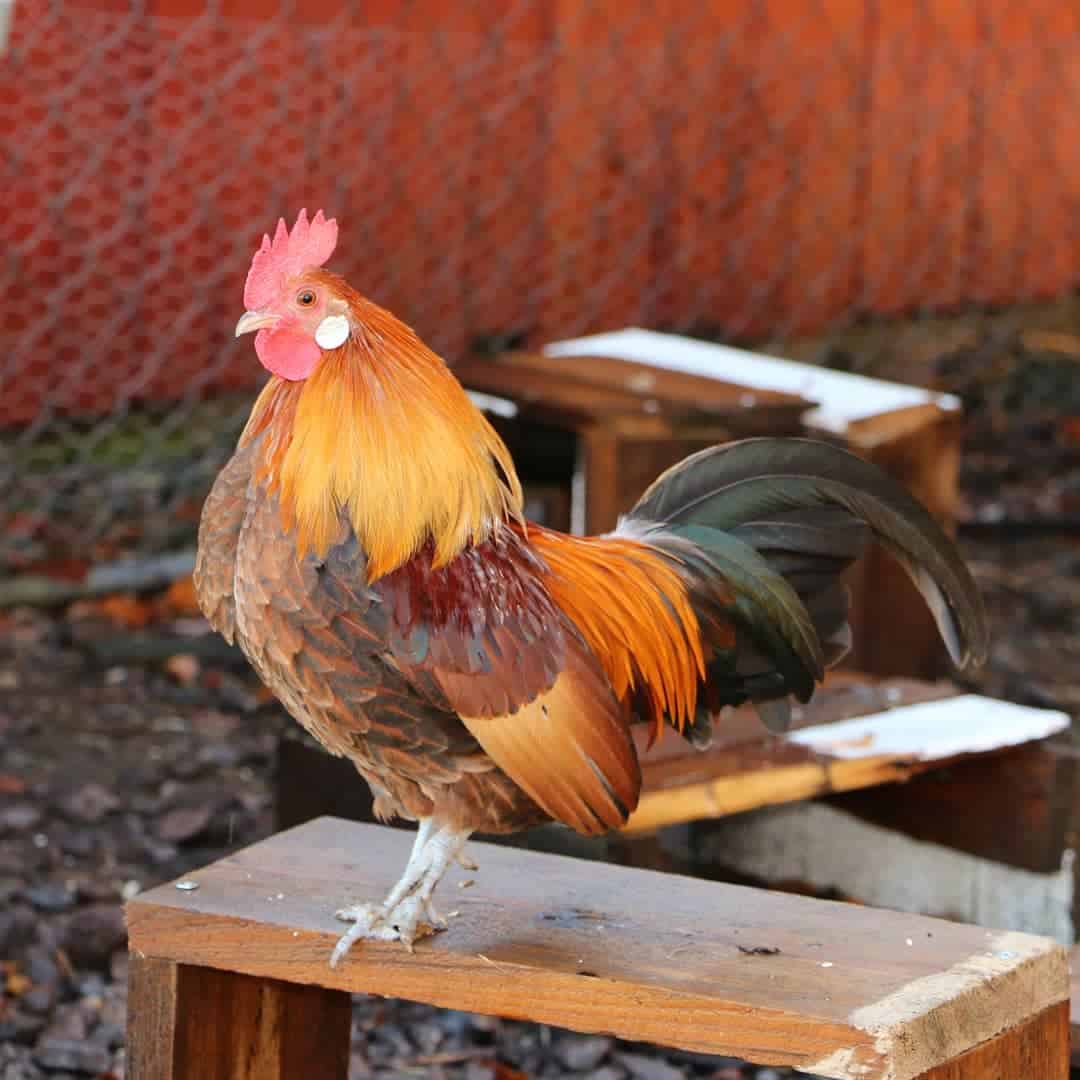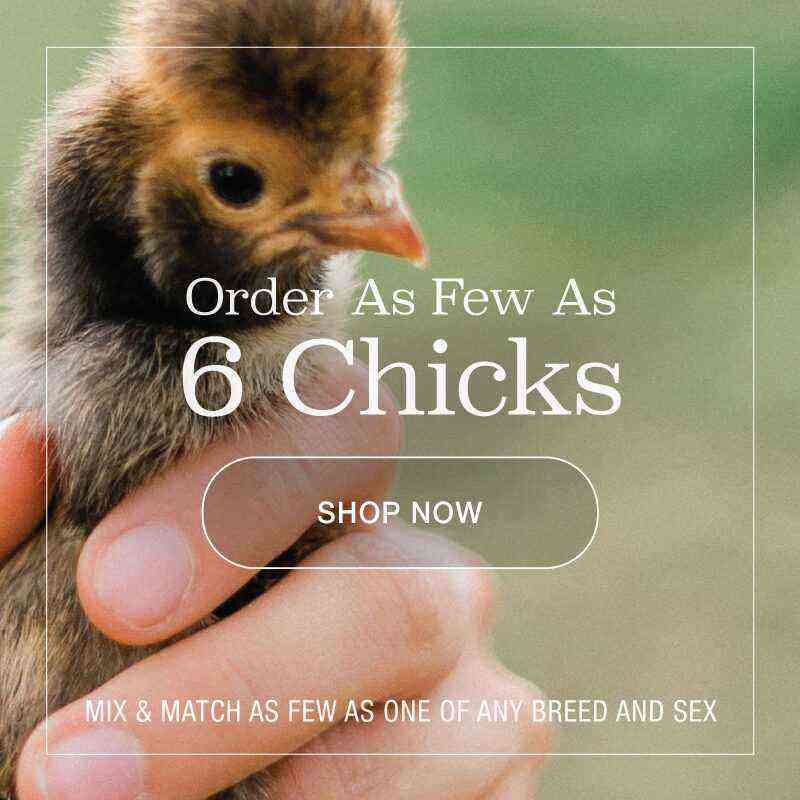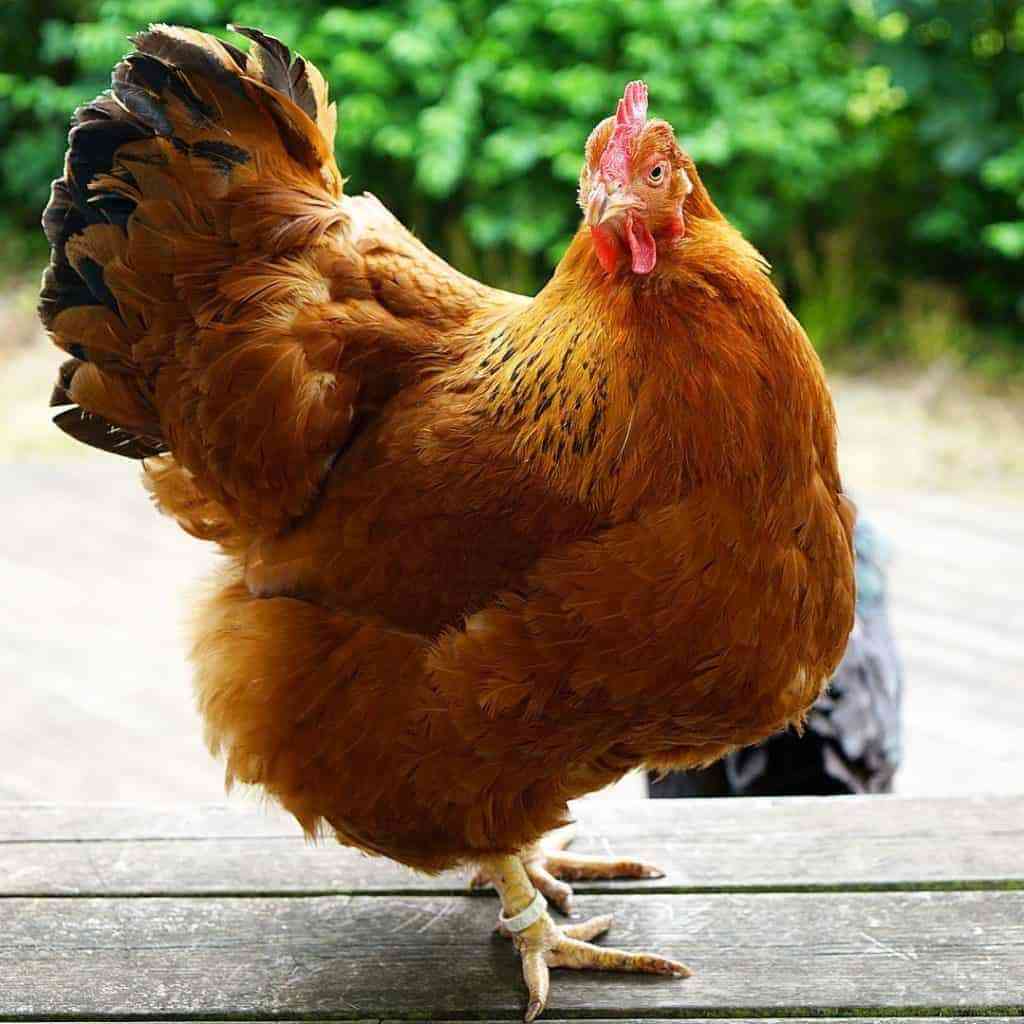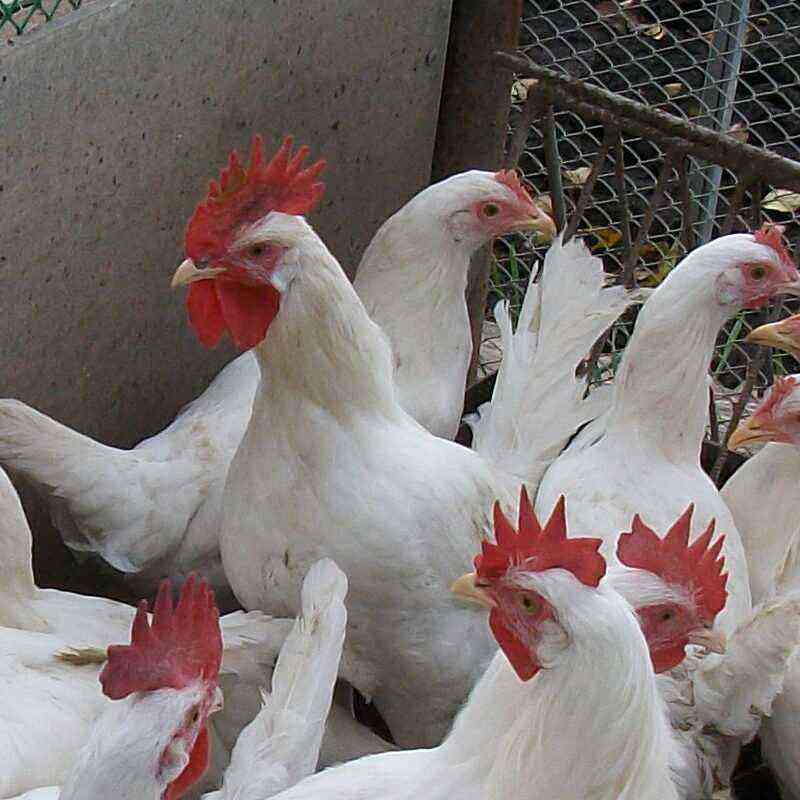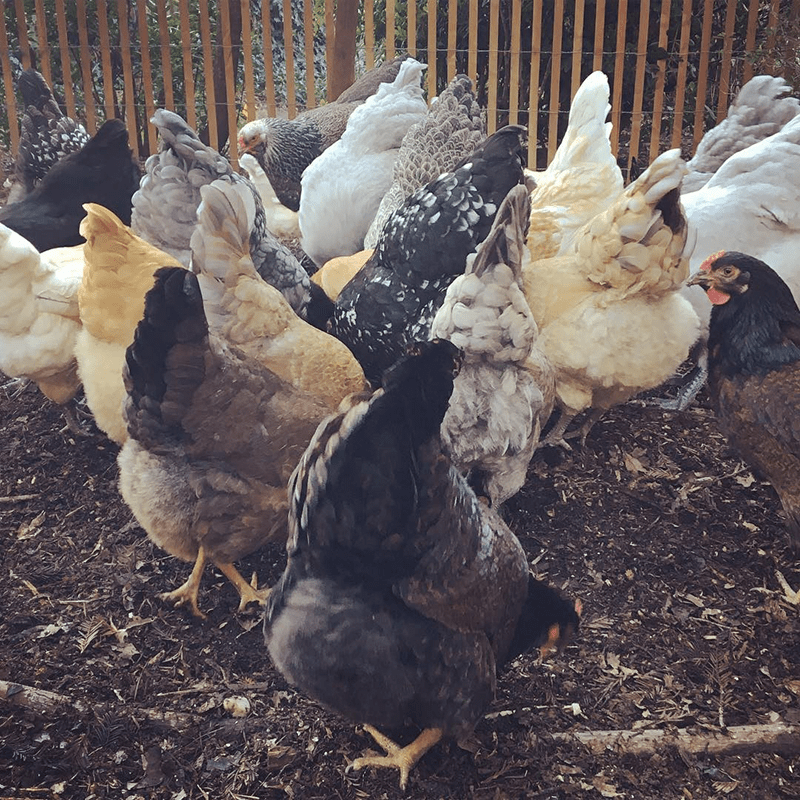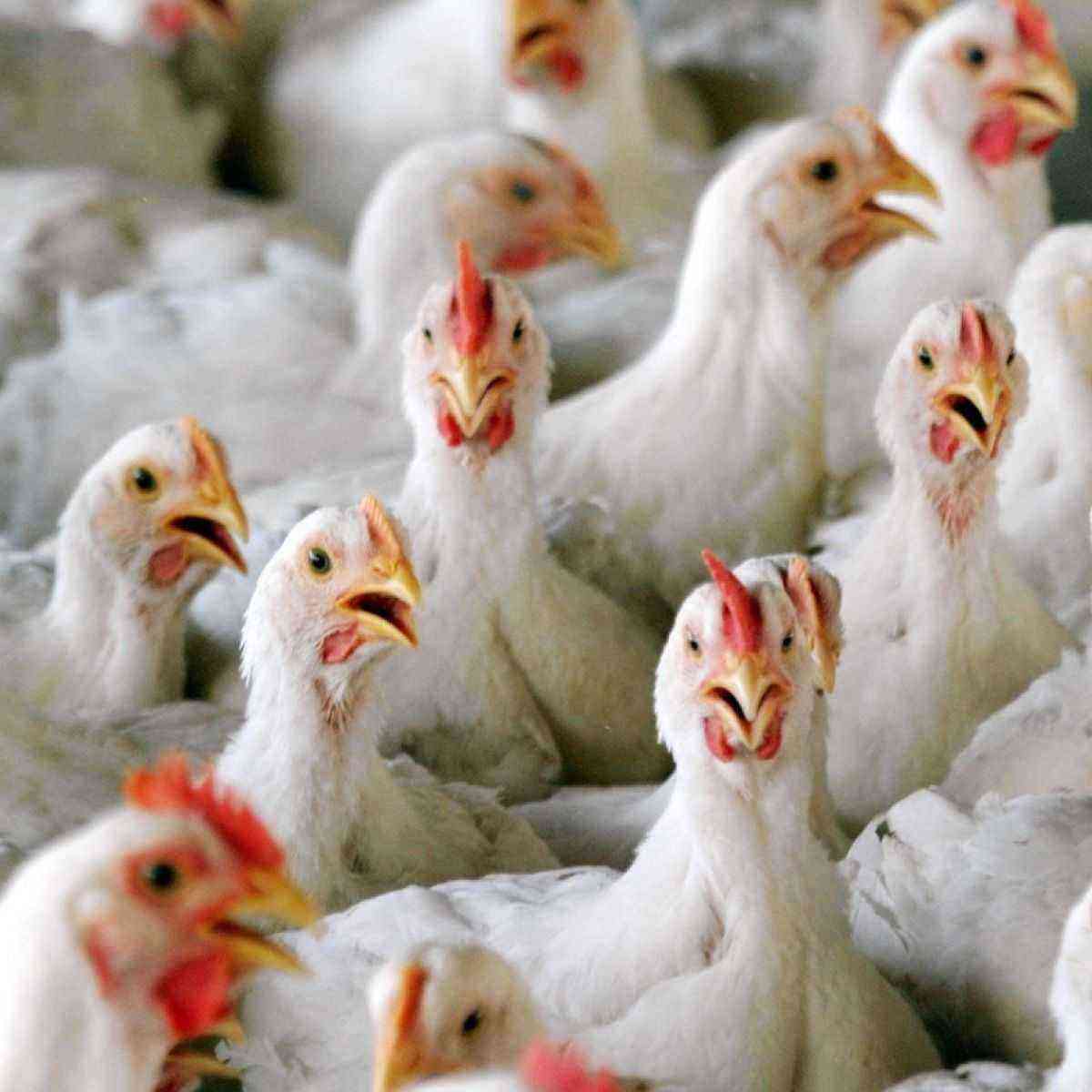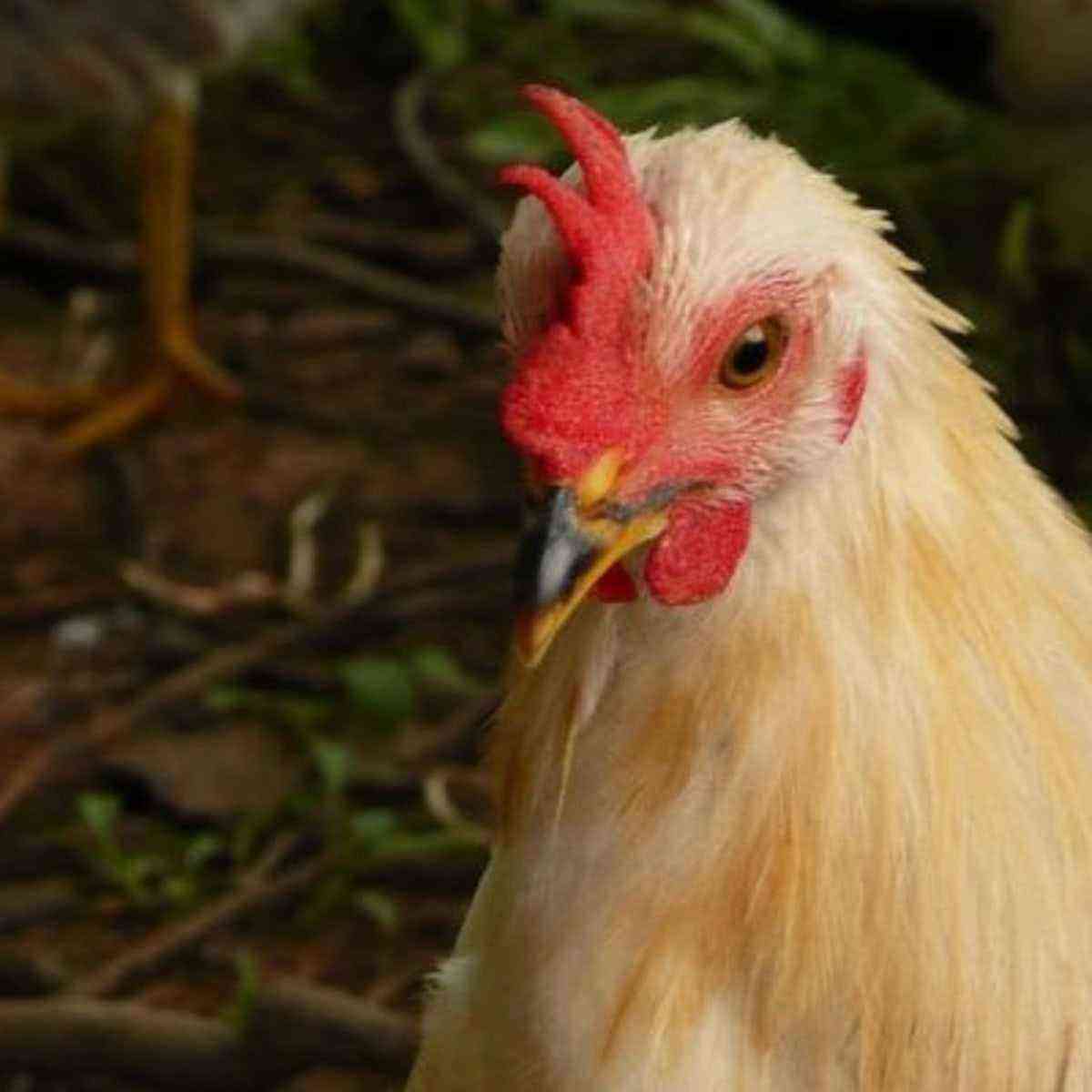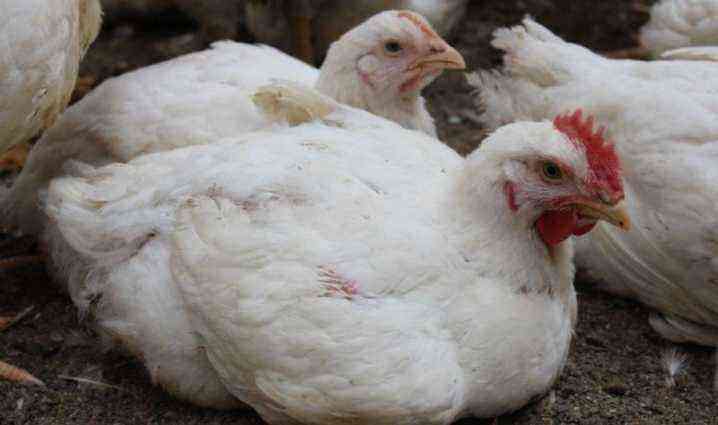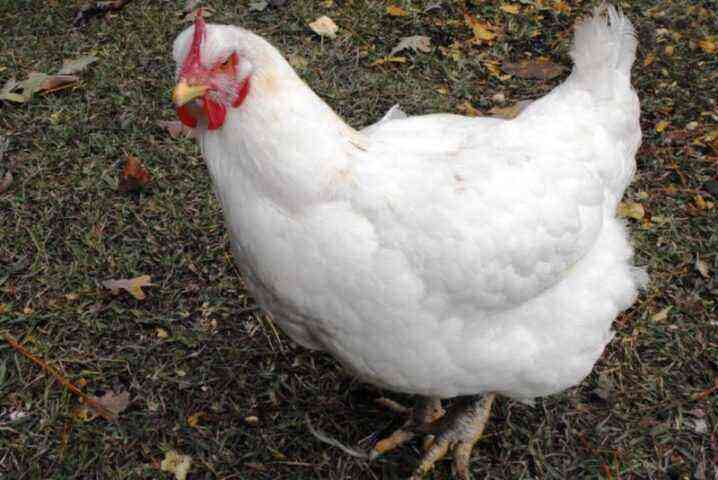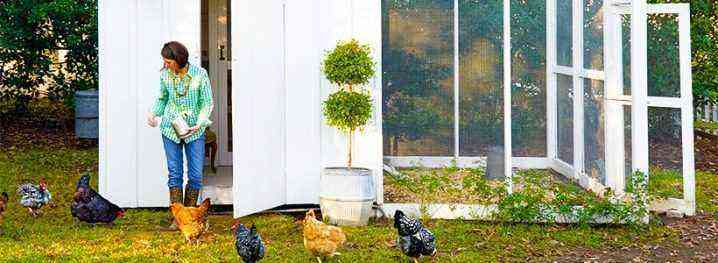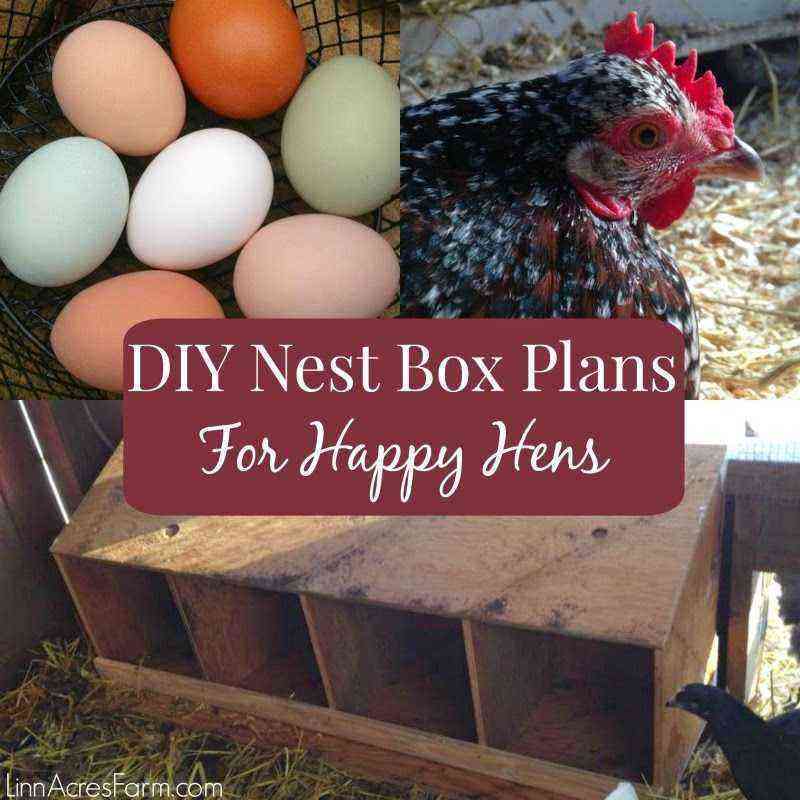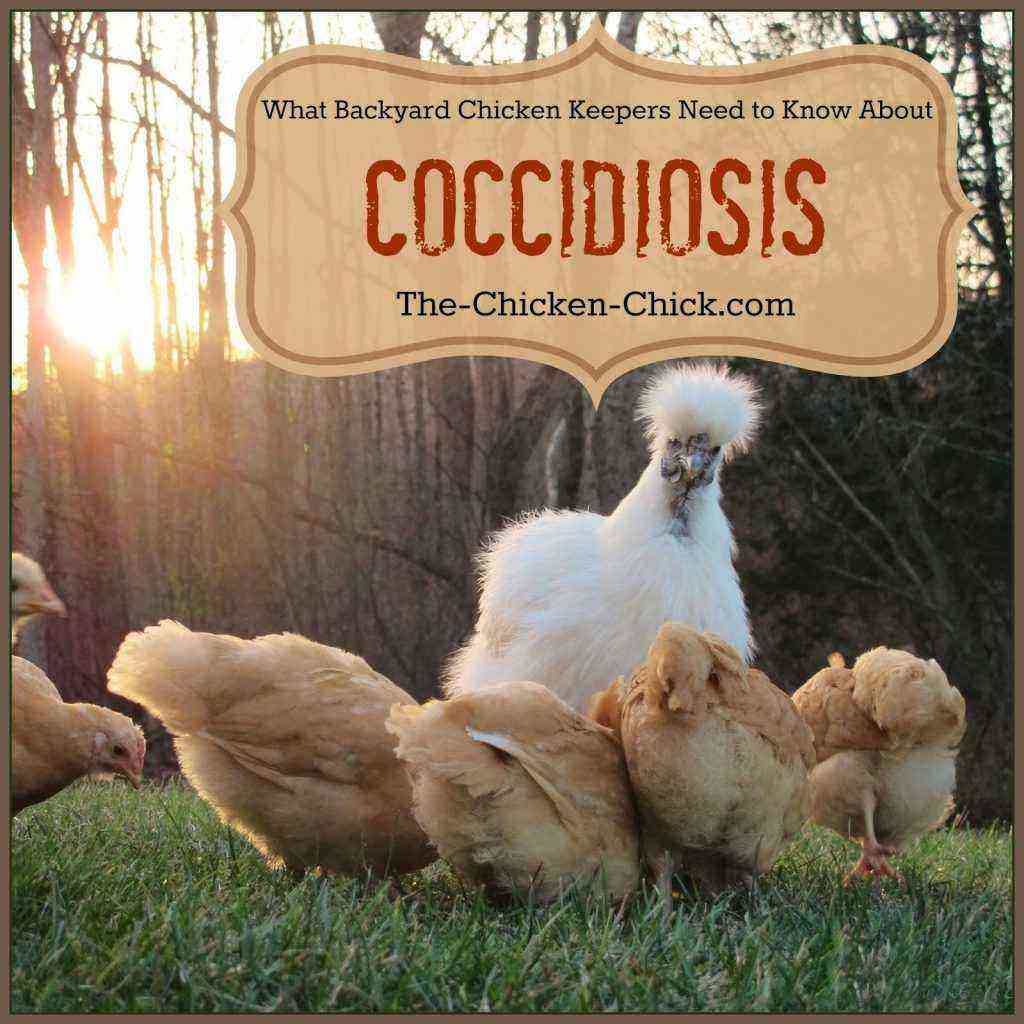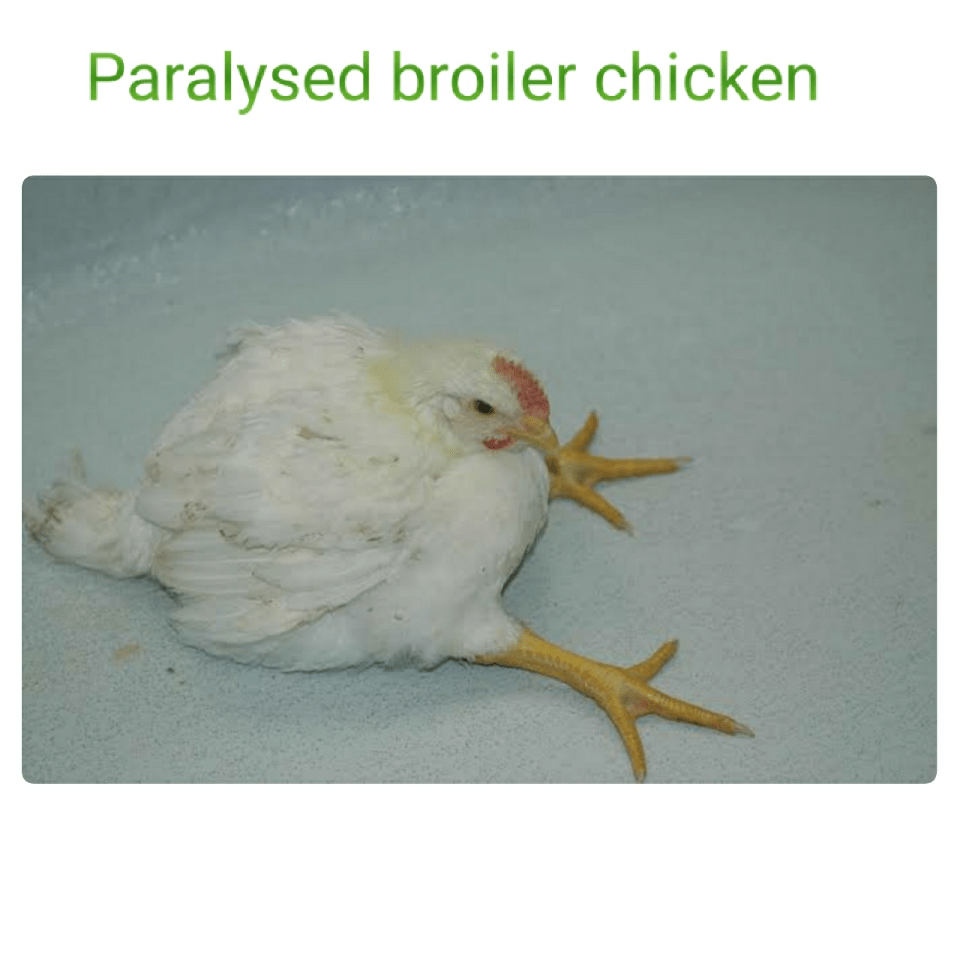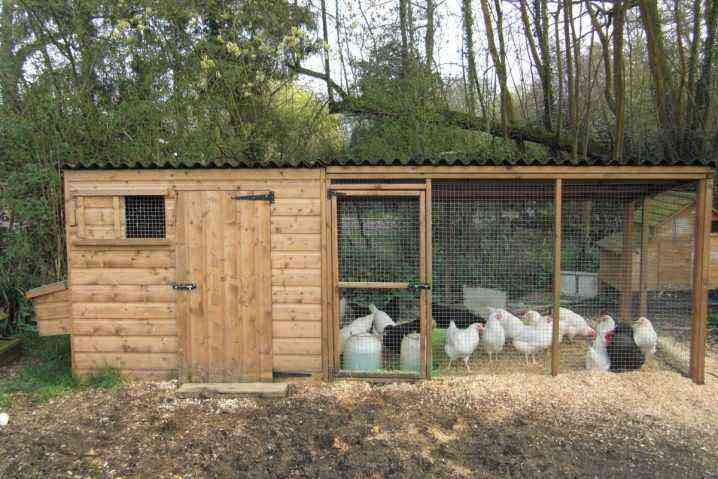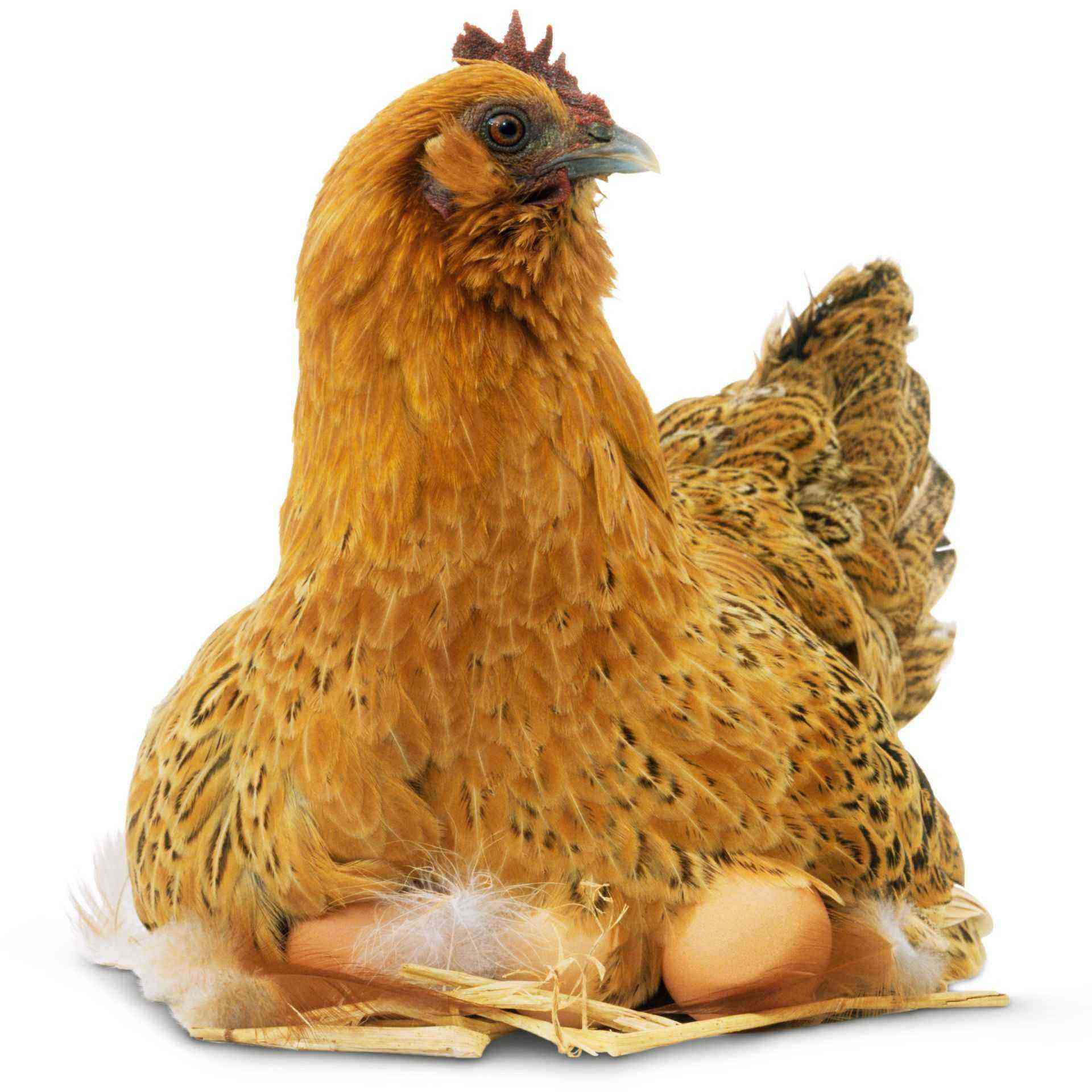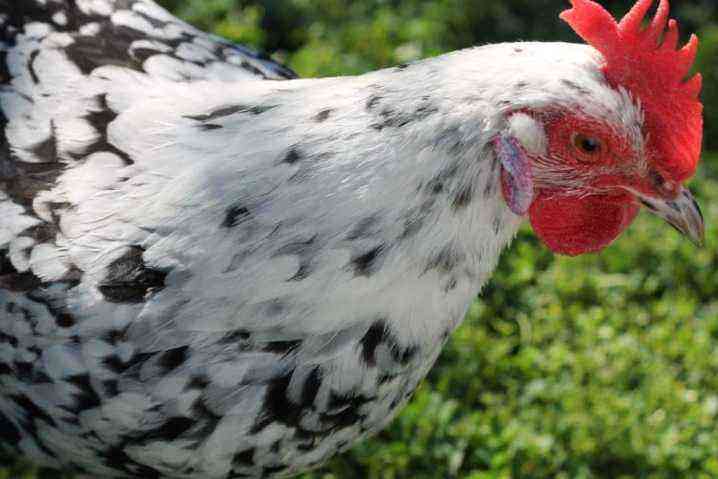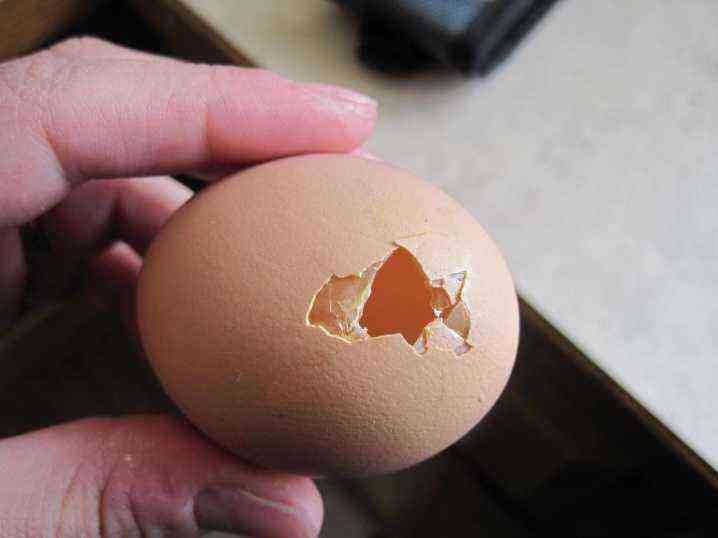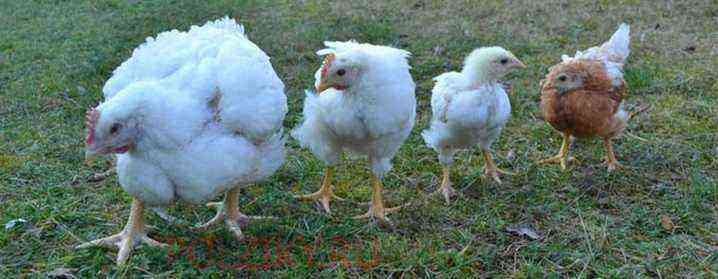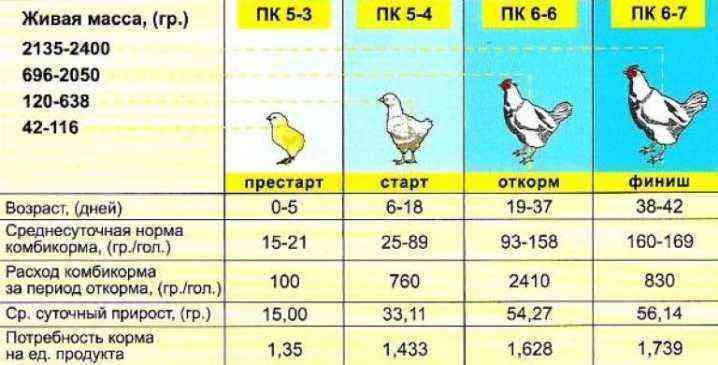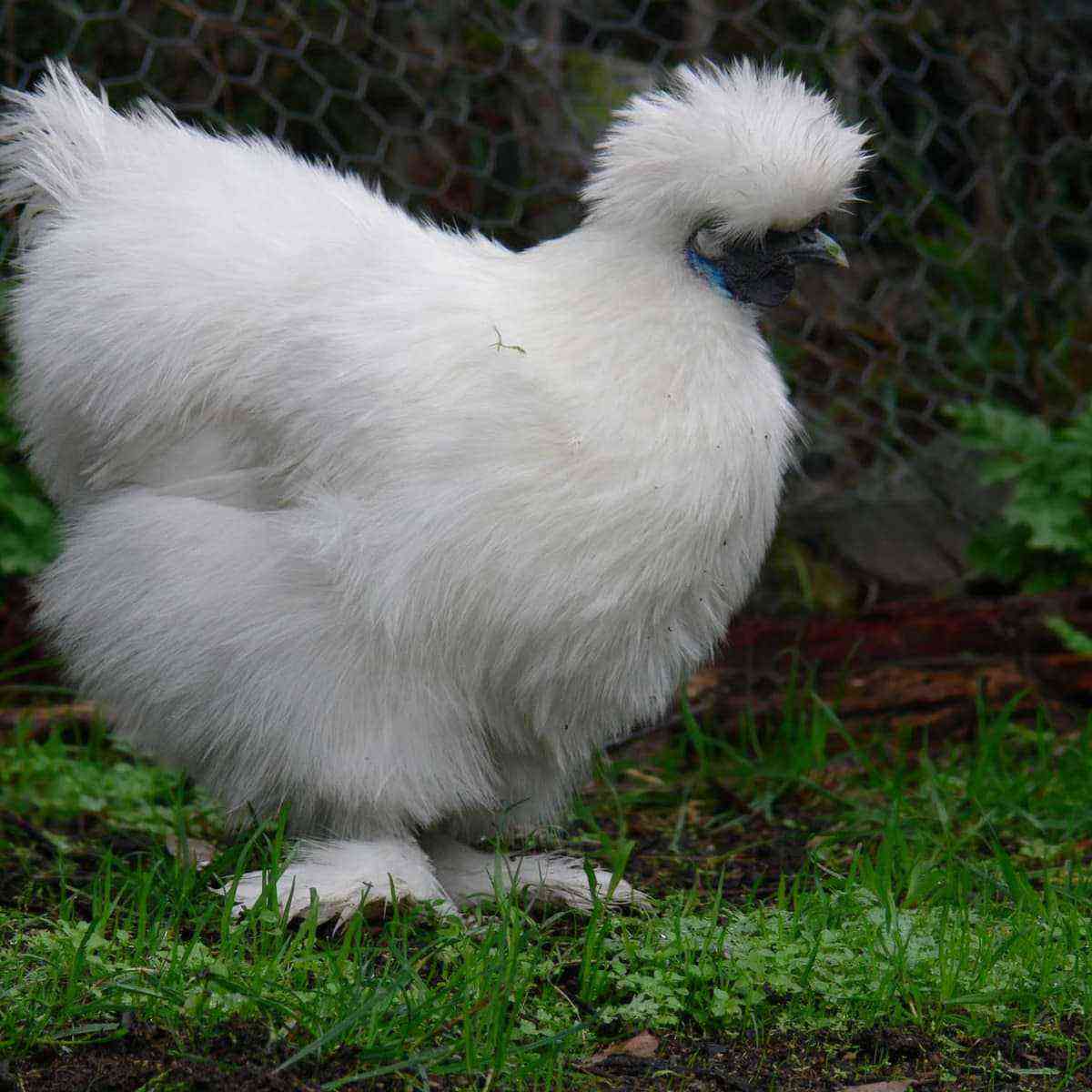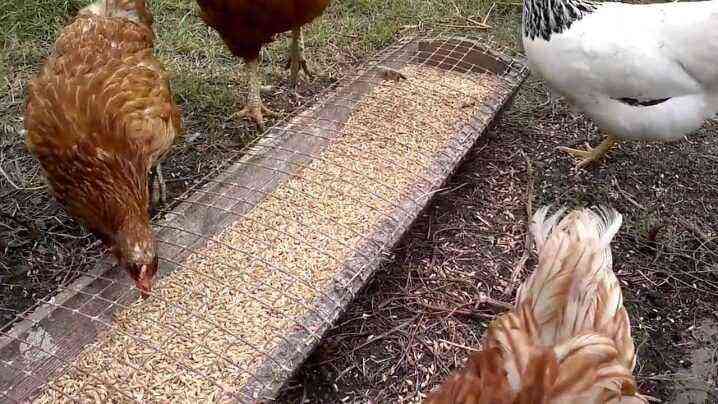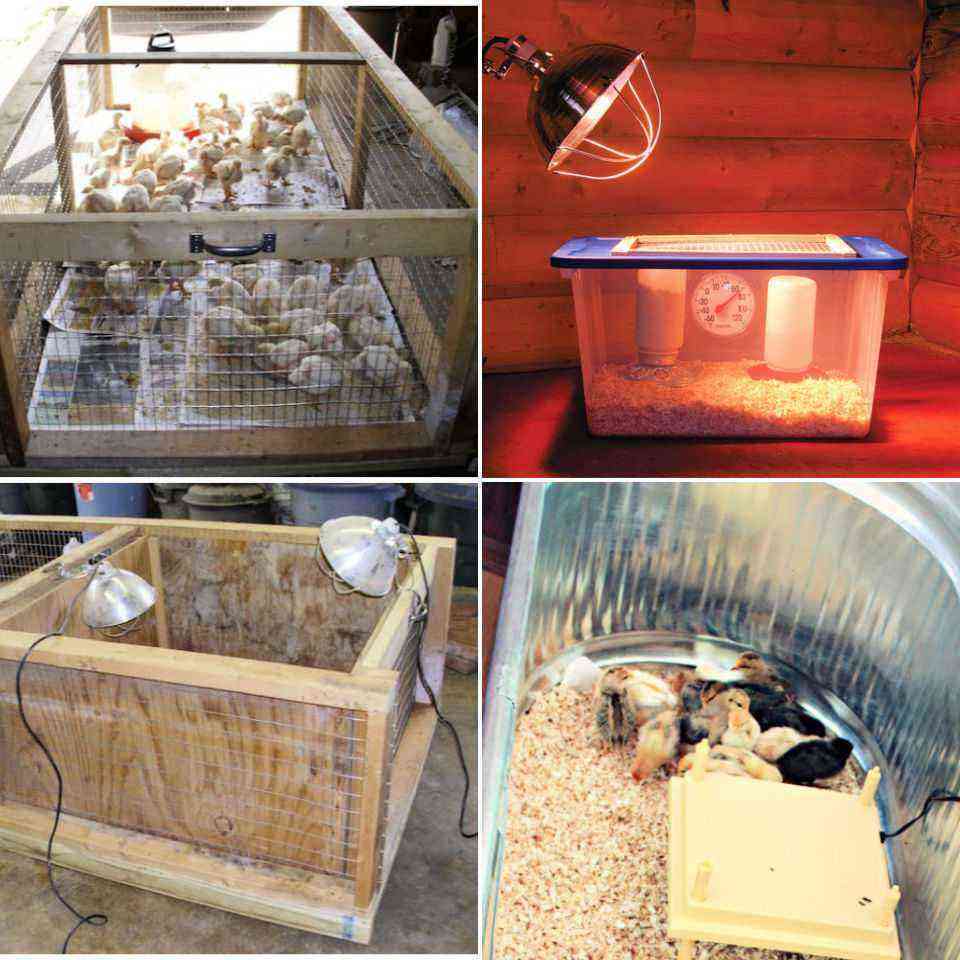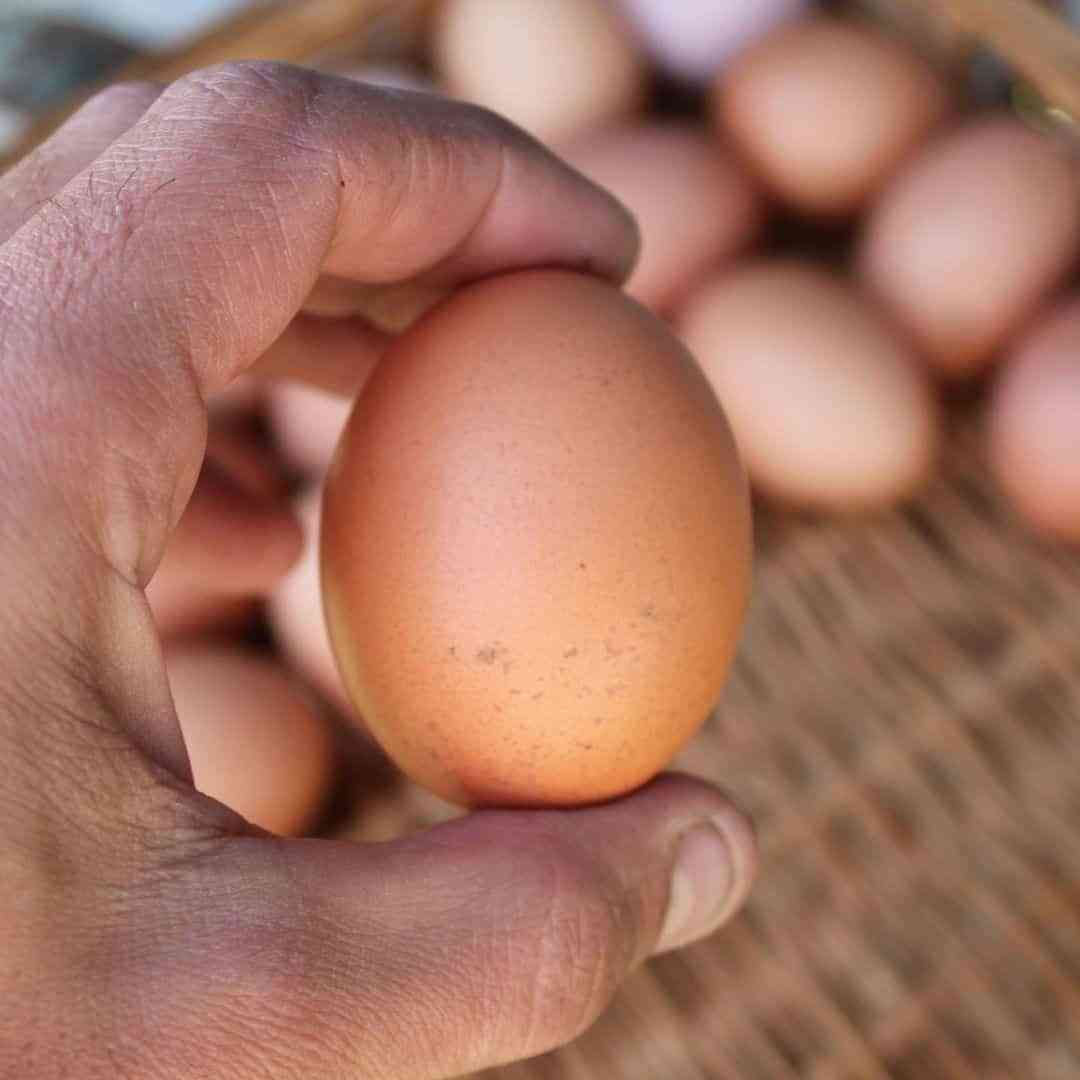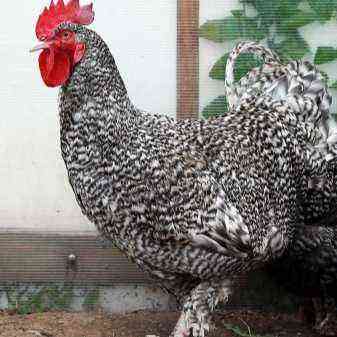The health of meat breeds of chickens and the rate of weight gain by chickens depend on how balanced their diet is. Therefore, it is worth finding out the composition of Purina feed for broilers, consider the rules for its selection and familiarize yourself with the features of feeding birds with this species.
About brand
Since 2001, all rights to the Purina trademark have been owned by the Swiss corporation Nestle. The brand was first registered in the United States in 1926 by the company of the same name. In 1979, Purina merged with Spillers, a British dog food and cereals company.
Under the Purina brand, Nestle produces a wide range of feed for a wide variety of animals: from cats and cats to rabbits, cattle and poultry. In total, this division of the company employs about 17000 employees, and its annual turnover reaches 11 billion US dollars.
The production facilities of the corporation are located in many countries of the world, among which there is Russia. The production of brand feed in the Russian Federation is carried out by 4 factories, which are located in the Moscow, Leningrad, Samara and Rostov regions.
Features
For many years, Purina has been a leader in both the pet food market and the animal and poultry market. The use of Purina feeds allows you to give the broiler’s body all the substances necessary for rapid growth, due to which:
- birds grow faster and to a larger size (weight gain can reach 50 g / day, and the final weight of a broiler can reach 3 kg);
- the composition selected by the company’s specialists is absorbed almost completely, so that the chickens do not develop digestive disorders;
- due to the presence of vitamins and microelements, the resistance of birds to diseases increases;
- the nutritional value of poultry meat fed with a balanced diet is noticeably higher than in the case of an incorrect diet selection;
- the use of compound feed contributes to the development of plumage, as a result of which the presentation of live chickens improves.
When using complete feed options, no additional components need to be added to the birds’ diet. This allows you to accurately plan the cost of fattening poultry, and also significantly saves time and effort, especially on large farms.
All TM Purina feeds do not contain substances harmful to the body of broilers (and people who will eat the meat of these broilers) such as hormones and growth stimulants. Also, most feeds (with the exception of SuperStarter) do not contain antibiotics.
At the same time, the price of goods of the Swiss concern is slightly higher than the average market, which can be called their main drawback.
It should be taken into account that, despite the dry appearance and granulation, the shelf life of all products is no more than 6 months from the date of their production.
Varieties
The company currently offers just under two dozen broiler feed options. At the same time, they are easy to navigate due to the fact that they are all divided into different lines depending on the composition, age of the chickens and the characteristics of the farm.
The composition is distinguished:
- complete feed (mixed feed);
- protein-vitamin mineral supplements (PVMD) intended for mixing with grains and other products.
According to the age of broilers, the company offers three types of products:
- “Starter” – for feeding at the age of up to 14 days;
- “Grower” – for the age of 15 to 30 days;
- “Finisher” – for birds aged 30 to 60 days.
Finally, according to the type of farm, products are divided into two lines:
- ECO – designed for households and small private farms;
- PRO – designed for large farms and poultry farms.
The name of a particular product in most cases consists of a combination of its type in terms of composition, age of birds and farming. If the product belongs to the BMVD group, then its name additionally indicates its concentration as a percentage of the main diet, which facilitates dosing.
For example, Starter ECO compound feed is a complete variant for chickens younger than 2 weeks grown at home, and BMVK 10,5% Finisher PRO is designed to be added to feed for broilers aged 1 to 2 months at a poultry farm in the amount of 10,5% .
There are companies in the assortment and products that break out of the general pattern, namely:
- BMVK 25% Universal IVF is a vitamin and mineral supplement that can be used to feed broilers at any age in an amount of ¼ of the total diet;
- Compound feed “SuperStarter” PRO – differs from “Starter” in the presence of an antibiotic and probiotics, due to which weight gain occurs even faster than when using other options;
- BMVK concentrate 16% “Starter-Grower” PRO – is used for chickens aged from 0 to 30 days.
All feeds offered by the company are granules with a diameter of 3 mm for the Starter series and 3,5 mm for other products.
Thus, all the information necessary for the correct choice of a particular type of food is contained in its name.
Composition
All varieties of Purina feed for broilers contain the following main ingredients:
- corn;
- wheat;
- sources of dietary fiber (cake and meal of sunflower and soybeans);
- amino acids necessary for chickens;
- a vitamin complex that provides all the needs of the body of broilers;
- meat and bone and/or dolomite flour;
- preparations for the prevention of coccidiosis;
- a complex of enzymes necessary to increase the digestibility of the vitamins and microelements included in the composition.
Products from the “Starter” series additionally contain essential oils, which contribute to the formation of stable immunity in chickens to most dangerous diseases already in the first days of life.
Of the microelements included in the feed, it is worth noting separately phosphorus and calcium, which are especially important for the formation of the bird’s skeleton. In addition, phosphorus is involved in many metabolic processes, so its deficiency can lead to severe developmental disorders.
How and how much to give?
The most important thing when using ready-made feeds is to carefully follow the manufacturer’s recommendations and timely transfer broilers to products of the appropriate age category.
It is also very important to observe the dosage:
- for 1 chicken up to 14 days old, the daily portion of feed is up to 90 g, it must be divided into 6 equal parts and given throughout the day;
- broilers aged from 14 to 30 days consume 120 g of compound feed daily, which must be divided into 4 servings;
- the norm for birds older than 30 days is 160 grams per day and is divided into 2 servings.
When feeding any dry food, it is important to ensure that the birds always have fresh water in the drinker, otherwise digestive system disorders are possible.
Tips for choosing
In no case should the feed be moldy, and it should not contain insects. To test for infestation, 0,5 kg of the mixture must be sifted through a sieve: if more than 20 insects are found, the entire package must be discarded. Another sign of spoilage is the presence of an unpleasant odor. It is best to test it for a batch of food poured into a porcelain container covered with glass and immersed in boiling water for 5 minutes.
The humidity of the product should be no more than 15%. You can check this indicator by drying the feed for two hours at a temperature of about 130 ° C. The moisture content will be equal to the difference in the masses of the original and dried products.
For the secrets of broiler poultry farms and feed, see the following video.


